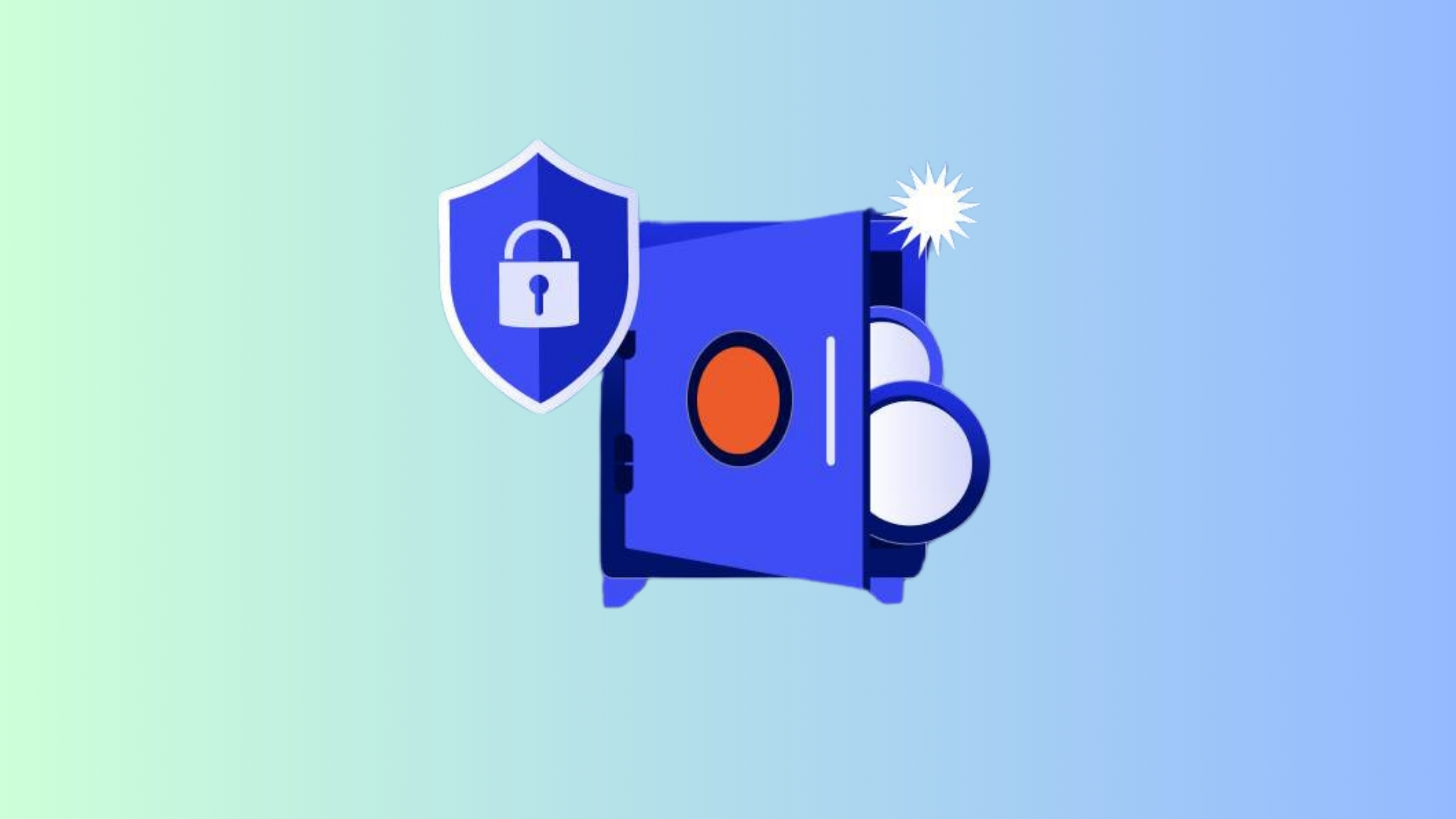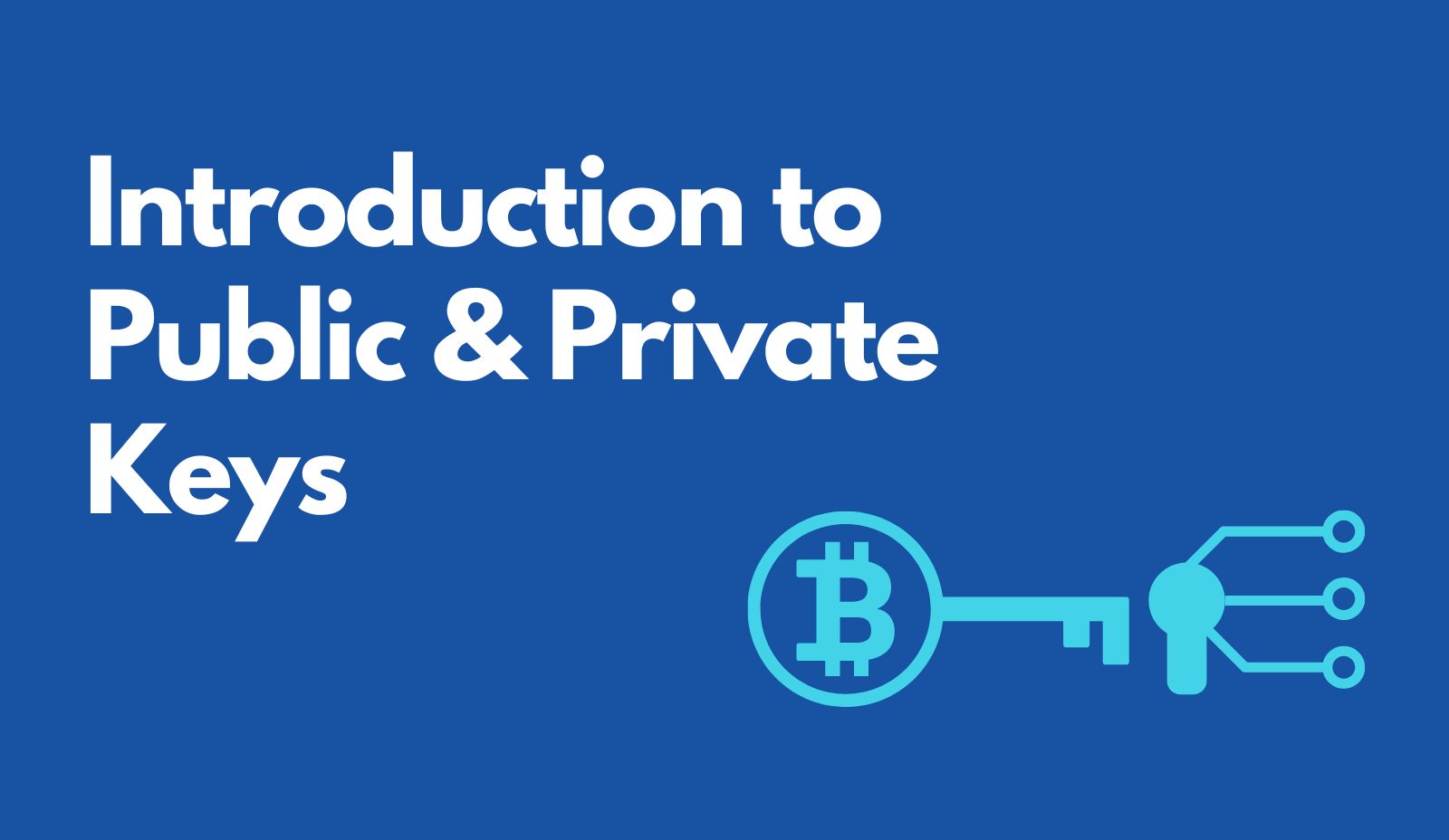How to keep your Cryptocurrency Safe & Secure
Jump to section
One of the greatest appeals of cryptocurrency, compared to traditional government-issued currencies like the U.S. dollar, is the self-sovereignty holders have over their digital assets. This means that, if properly secured, cryptocurrency cannot be censored, seized, or frozen by centralized authorities or bad actors. However, this also means that crypto holders must secure and protect their wealth alone, which can be challenging given the prevalence of theft and accidental loss in the industry.
How Crypto Wallets Work
When a crypto wallet is generated, two mathematically linked digital codes are created:
- Public Key: This key is run through a cryptographic hashing algorithm to generate a public wallet address. It can be shared to receive inbound transactions.
- Private Key: This key proves ownership of the funds and should never be shared. It functions like a front door key, providing access to the assets within the wallet.
If a wallet owner loses or forgets their private key, they can permanently lose access to their funds. Additionally, a backup code, or “seed phrase,” can recover the wallet onto a new device if the original device is lost, stolen, or damaged. This seed phrase must be stored offline securely.
Crypto Security Best Practices
1. Never Keep Digital Copies of Private Keys/Seed Phrases
Always write down your private keys and seed phrases on paper or use metal plates designed for recording crypto keys. Store these in a fireproof or waterproof safe that’s bolted to the floor. Avoid taking screenshots, emailing, or texting these details to prevent cybercriminals from accessing your information.
2. Minimize Crypto Held on Exchanges and DeFi Platforms
While active traders may need to deposit assets on exchanges or DeFi protocols, keeping large amounts of crypto on these platforms can be risky due to potential hacks. Kraken remains one of the few leading regulated exchanges that has never been breached. However, it’s advisable not to hold all your funds on any single exchange. For DeFi users, be cautious with the percentage of your wealth held in any protocol to mitigate risks from exploitable smart contracts or fraudulent backdoors.
3. Enable Two-Factor Authentication (2FA)
Adding an extra layer of security to your email and crypto accounts through 2FA apps like Google Authenticator can make unauthorized access more difficult. Backup codes for these apps can help recover accounts on new devices.
4. Avoid Disclosing Crypto Holdings
Keep your crypto holdings private to avoid becoming a target for criminals. Even high-profile YouTube influencers have been targeted after leaking information about their holdings. In extreme cases, individuals have been taken hostage for their crypto assets.
Types of Crypto Wallets
Hot Wallets
Hot wallets are always connected to the internet, like browser-based wallets (MetaMask, Coinbase Wallet) or software wallets (Exodus). They offer convenience for quick transactions but are more vulnerable to cyberattacks. Phishing emails and malware targeting hot wallet users are common.
Cold Wallets
Cold wallets, such as those from Ledger and Trezor, are physical devices that remain offline except when manually connected to a computer. They offer enhanced security but involve more steps to make transfers. Purchase cold wallets directly from manufacturers to avoid tampered devices.
Cryptocurrency Security Threats
Cryptocurrencies attract hackers and scammers due to their lucrative, unregulated nature. Educating yourself on common scams is crucial for protection.
Common Scams
- Crypto Giveaways: Fake profiles on platforms like Twitter and YouTube promise to double deposited funds but instead steal them.
- Phishing Emails: Data leaks from crypto companies can lead to phishing attempts asking for sensitive information or containing malware.
- Ponzi Schemes: High-return promises with little effort often indicate scams. Research the platform’s team, social media presence, and withdrawal policies before investing.
Conclusion
Keeping your crypto safe involves understanding how wallets work, following best practices for securing private keys, and being aware of common threats. By using a combination of hot and cold wallets and taking precautions against scams, you can protect your digital assets effectively. Always stay informed and cautious to navigate the dynamic and evolving world of cryptocurrency securely.





